Georgian houses 'worth 47% more' than other homes: What you need to know about the property market this week
How much extra you could pay for a Georgian property, the heritage hotspots to look out for, and the uptick in the number of people knocking down their home: Annabel Dixon runs through what you need to know in the world of bricks and mortar.


Had a busy week? We know the feeling. So we’ve cherry picked five property-related things that have hit the news in recent days for you.
Buyers willing to pay chunky premium for a Georgian property
With their large windows, high ceilings, and grand fireplaces, Georgian properties can be hard to resist. So much so that buyers are prepared to fork out around a third more to live in one. The typical Georgian property in England is sold for £783,000, according to Yopa, the national estate agency. That’s £201,000, or 34.5%, more than the average £582,000 price tag for nearby homes with the same number of bedrooms.
The most affordable place to buy a Georgian pile is, perhaps surprisingly, south west England, where they command a 31.6% premium. And they cost as much as 47.2% more than the wider housing market in the north east of England, where these period homes tend to be rarer. So if you’ve got your eye on a Georgian property, you’d better start saving…
Gloucestershire crowned England’s heritage hotspot
While we’re on the topic of period property, if you’re keen to boost your chances of buying one, then head south west. Because when it comes to the postcodes with the highest density of listed buildings, four out of the top five are in Gloucestershire, according to Jackson-Stops.
Average house prices in the top postcode, GL7, which covers Cirencester, jumped 21% in just 12 months, ‘making a compelling link between period homes and property values’, says the estate agent.
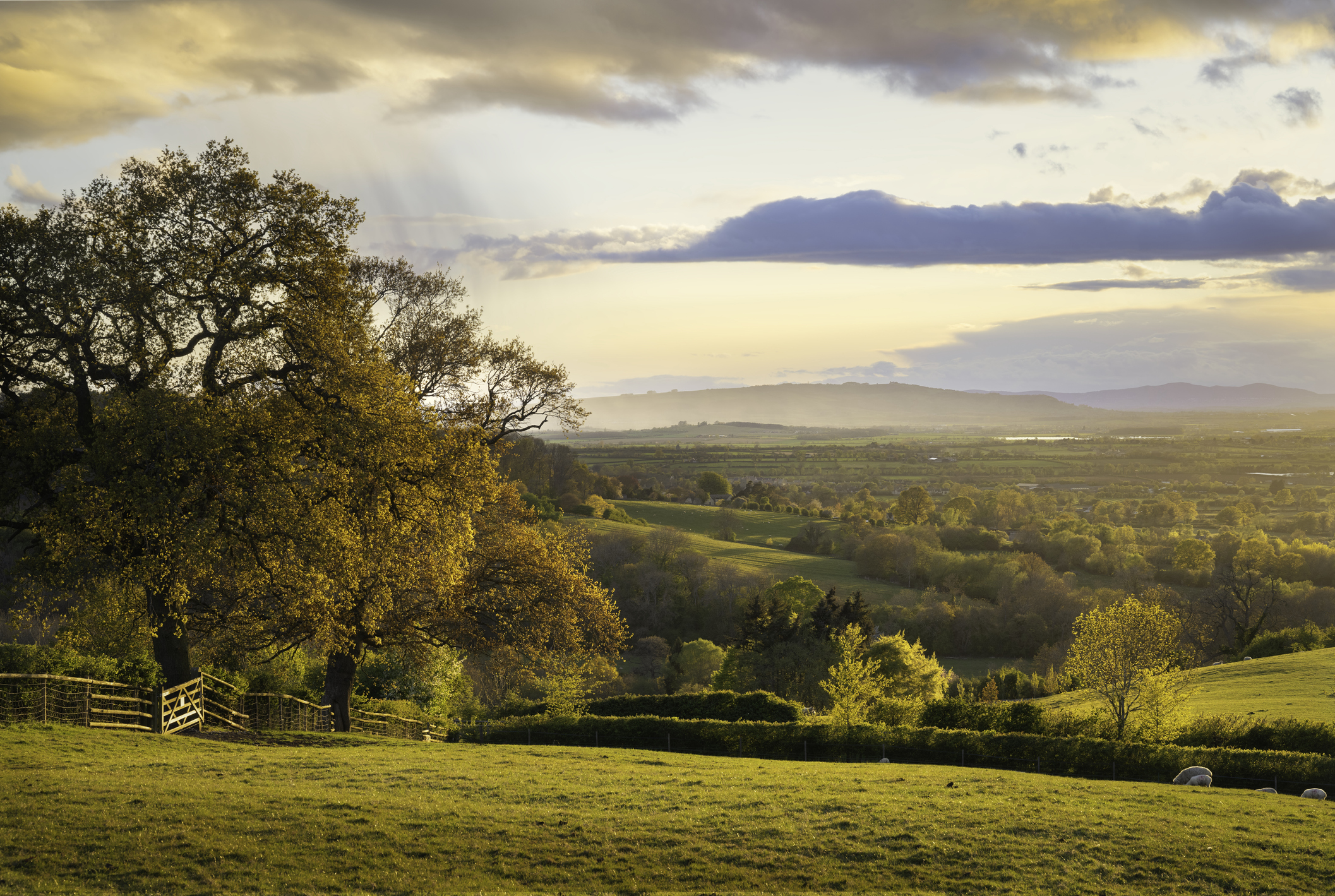
Asking prices in October rise at slowest rate since financial crisis
Autumn is an important selling season in the housing market. And average asking prices of homes put up for sale increased by just £1,950, or 0.5%, this month. To put that into context, that’s the smallest rise at this time of year since 2008, and ‘well below’ the historic norm of 1.4% for October, according to Rightmove.
The number of sales agreed is 17% below this time last year. But on a more upbeat note, the level of buyers enquiring about homes on the market is 8% higher than the more normal pre-pandemic housing market of 2019.
Sign up for the Country Life Newsletter
Exquisite houses, the beauty of Nature, and how to get the most from your life, straight to your inbox.
An interesting nugget for wannabe sellers: the Rightmove data suggests that if a home receives its first buyer enquiry on the first day of being marketed for sale, rather than after a fortnight, it is 60% more likely to be snapped up.
Sold prices nudge up in August
Now for the most concrete, if slightly historic, house price data. The UK House Price Index is based on what people actually paid for their homes and includes all purchases, made with cash and mortgages.
And it shows that average UK house prices increased by 0.2% in the 12 months to August, down from 0.7% in July. It means that the typical house price stood at £291,000, similar to a year ago, but £9,000 up from the recent low point in March.
Jeremy Leaf, north London estate agent and a former RICS residential chairman, says: 'The figures show resilience at a time of great turbulence for the market on the back of rising mortgage rates.’
Homeowners who rebuild their property ‘could pay dividends in the long run’
The number of homes that have been knocked down has increased by 3.7% over the last year, according to estate agent comparison website GetAgent.co.uk.
Demolitions have become less common over the last decade. Just 5,680 homes were torn down across England last year. That’s a 53% drop on 10 years ago, when 12,195 homes were flattened.
Colby Short, co-founder and CEO of GetAgent.co.uk, reckons that demolishing your home and starting from scratch ‘could pay dividends in the long run’.
'While the cost of rebuilding a home has climbed at a similar rate to the price of the average new-build home over the last year, the overall cost of doing so does come in significantly cheaper than the cost of buying new,’ he explains.
'This is no doubt a contributing factor to the uptick in demolitions over the last year, with many homeowners simply unable to take the next step up the ladder due to the pandemic boom in house prices.'
-
 'To exist in this world relies on the hands of others': Roger Powell and modern British bookbinding
'To exist in this world relies on the hands of others': Roger Powell and modern British bookbindingAn exhibition on the legendary bookbinder Roger Powell reveals not only his great skill, but serves to reconnect us with the joy, power and importance of real craftsmanship.
By Hussein Kesvani Published
-
 Spam: The tinned meaty treat that brought a taste of the ‘hot-dog life of Hollywood’ to war-weary Britain
Spam: The tinned meaty treat that brought a taste of the ‘hot-dog life of Hollywood’ to war-weary BritainCourtesy of our ‘special relationship’ with the US, Spam was a culinary phenomenon, says Mary Greene. So much so that in 1944, London’s Simpson’s, renowned for its roast beef, was offering creamed Spam casserole instead.
By Country Life Last updated
-
 The 'best places to live' ranking that lists all 1,447 towns, cities and large villages in England and Wales — who is this year's winner?
The 'best places to live' ranking that lists all 1,447 towns, cities and large villages in England and Wales — who is this year's winner?Redbourn has been named the best place to live in the country.
By Annabel Dixon Published
-
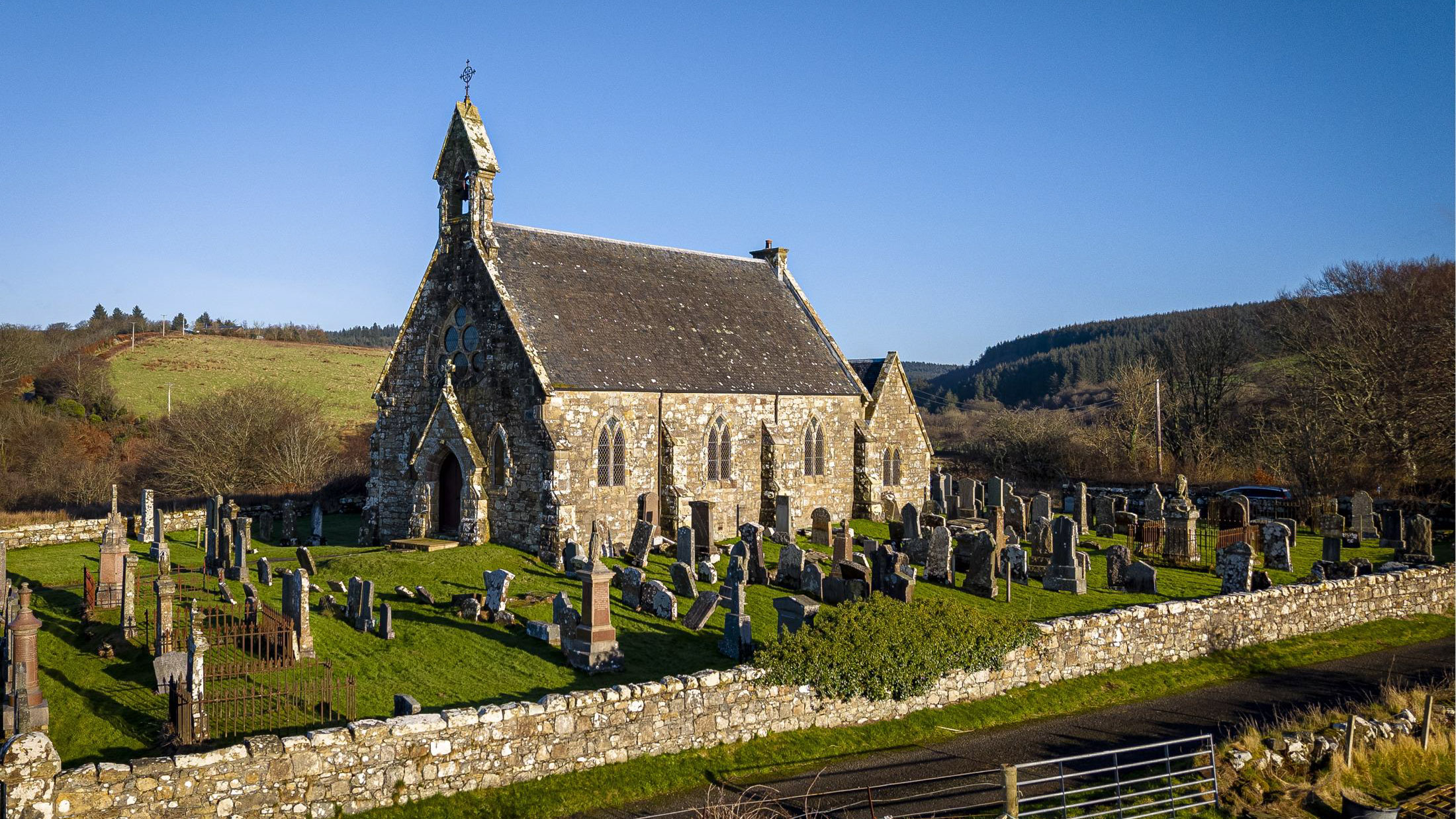 Some of Scotland's most beautiful churches are being sold off for as little as £40,000 — but a word of warning before you take the plunge
Some of Scotland's most beautiful churches are being sold off for as little as £40,000 — but a word of warning before you take the plungeLucy Denton examines how best to help former church buildings thrive as times move on and property changes hands.
By Lucy Denton Published
-
 Two-thirds of us buy a house and immediately set about refurbishing it
Two-thirds of us buy a house and immediately set about refurbishing itWe spend more buying our houses than on anything else in our lives — yet the first thing we do on moving in is set about changing the place. Annabel Dixon takes a look at what we do and why.
By Annabel Dixon Published
-
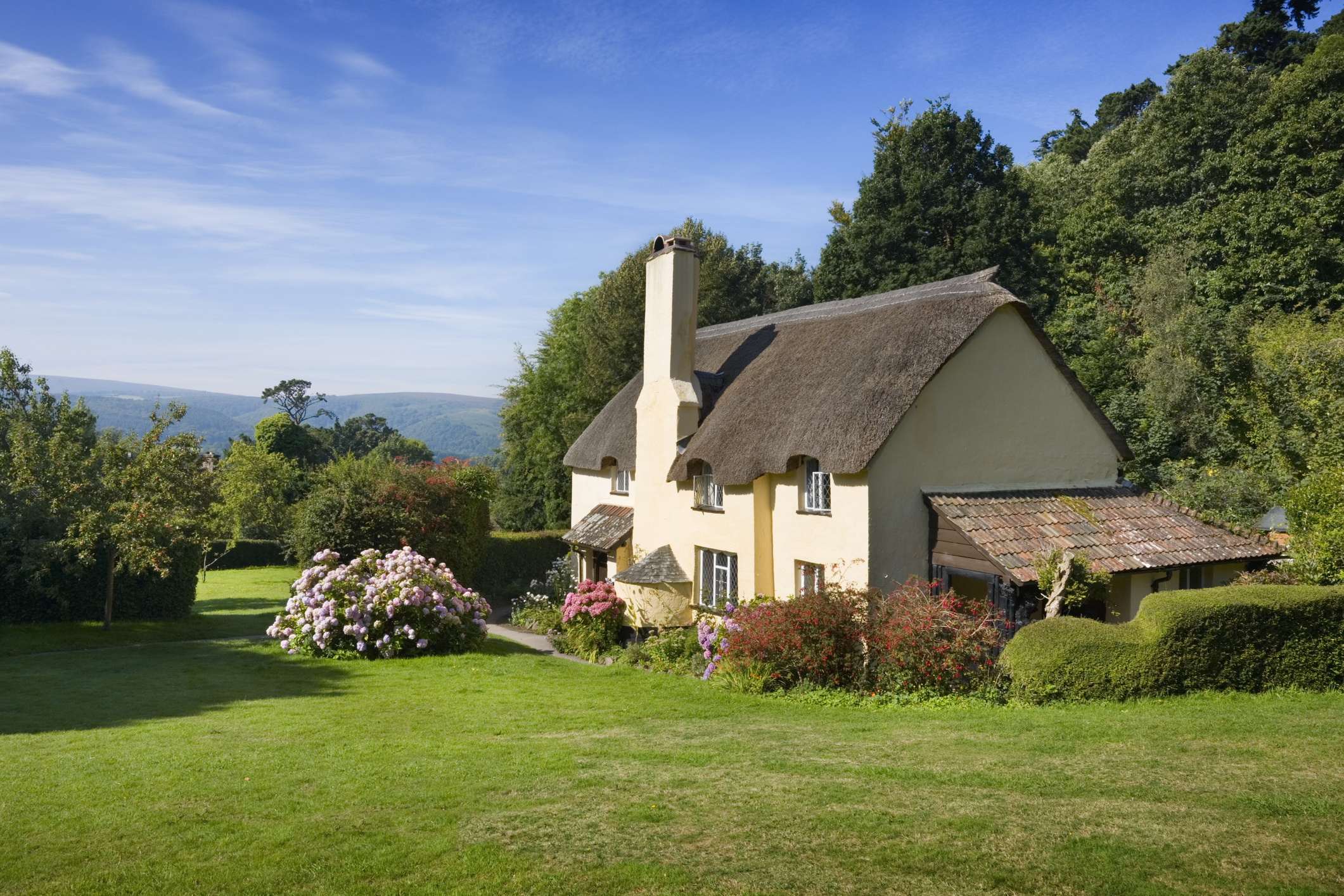 The Catch-22 that's clogging up the housing market? The over-50s sitting in half-empty houses while young families struggle to find homes that are big enough
The Catch-22 that's clogging up the housing market? The over-50s sitting in half-empty houses while young families struggle to find homes that are big enoughWhile the vast majority of empty nesters living in larger properties don’t intend to downsize, upsizers are struggling to climb up the housing ladder, says Regency Living.
By Annabel Dixon Published
-
 More than a quarter of parents 'bend rules or even lie' to get their children into the right school
More than a quarter of parents 'bend rules or even lie' to get their children into the right schoolA survey by Zoopla reveals just how far parents are prepared to go to get their child into a top school. So, what would you do?
By Annabel Dixon Published
-
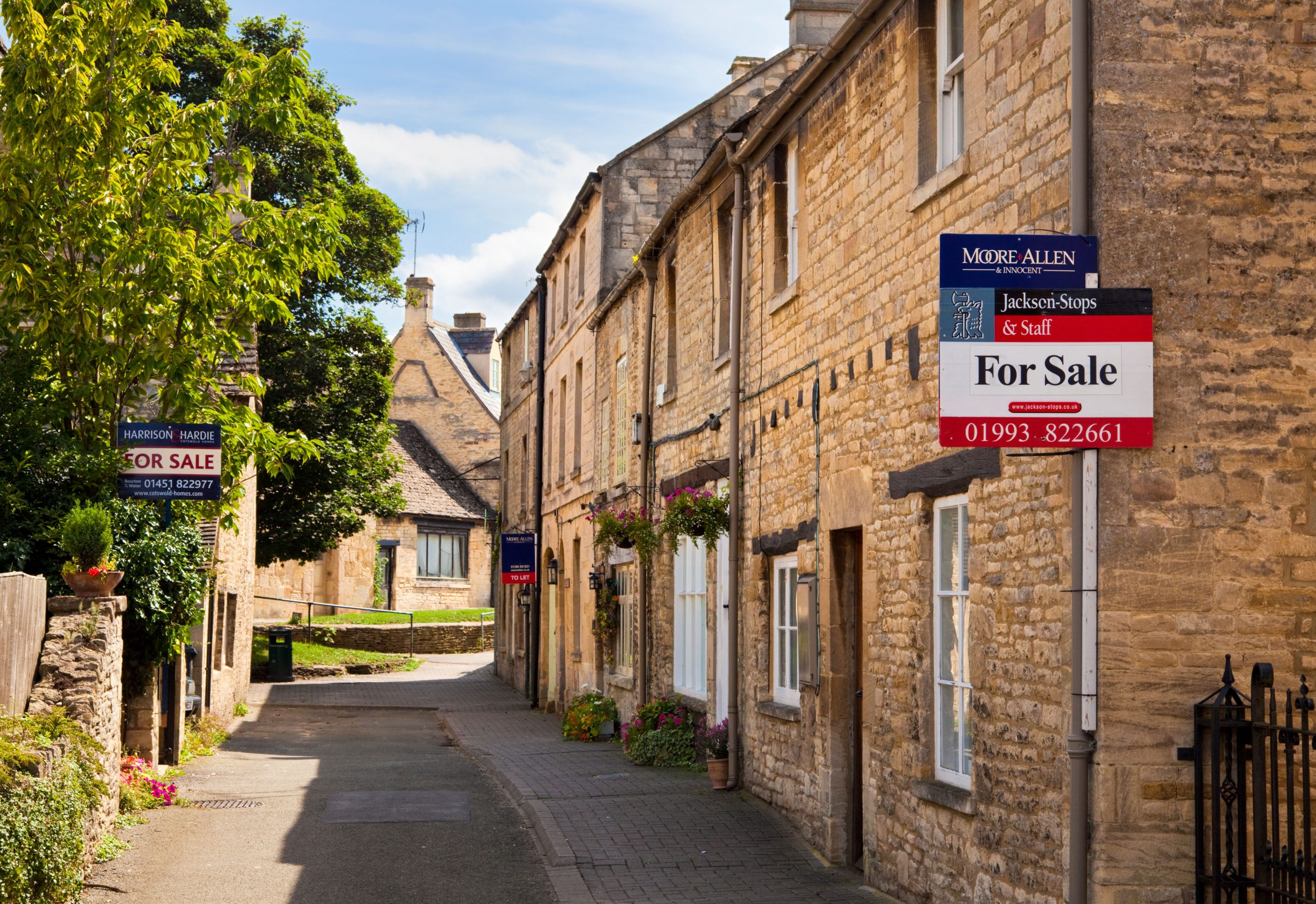 More than a quarter of property sales collapsed in 2024. Here's why.
More than a quarter of property sales collapsed in 2024. Here's why.The most common reason for sales falling through last year? Buyers pulling out or failing to renegotiate the purchase price following a property survey.
By Annabel Dixon Published
-
 'Like living in an episode of Top Gear': The beautiful rural spots where people use McLarens and Ferraris to pop down to the shops
'Like living in an episode of Top Gear': The beautiful rural spots where people use McLarens and Ferraris to pop down to the shopsUsing exclusive data compiled by Savills, Anna White takes us through the rural districts where you'll find the most supercars, and reveals the extreme lengths owners will go to look after them.
By Anna White Published
-
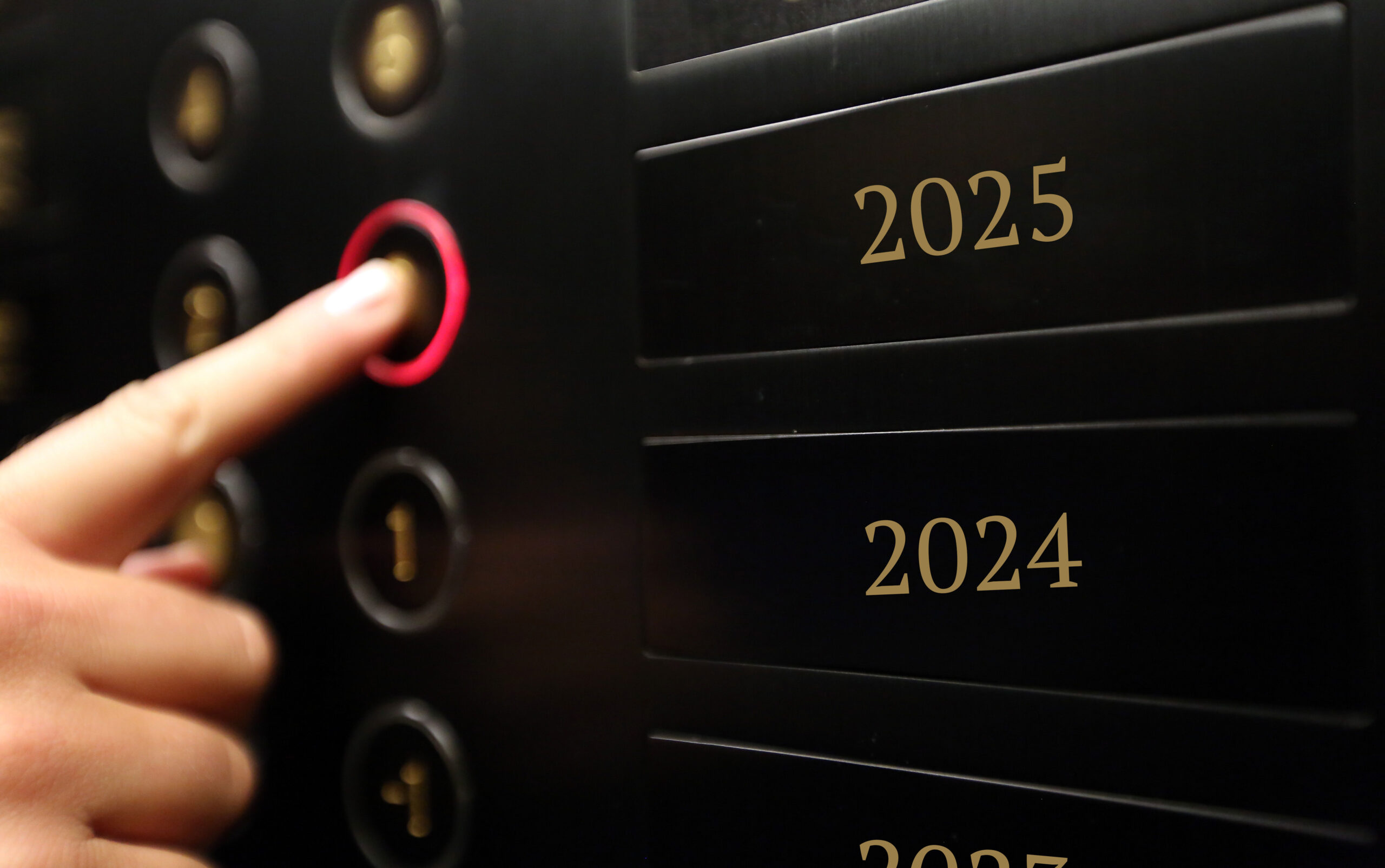 Going up? The property market's top experts on what will happen to house prices in 2025
Going up? The property market's top experts on what will happen to house prices in 2025After a jam-packed year, could a brighter and more stable housing market be around the corner? Here’s our round-up of house price predictions from those in the know.
By Annabel Dixon Published
